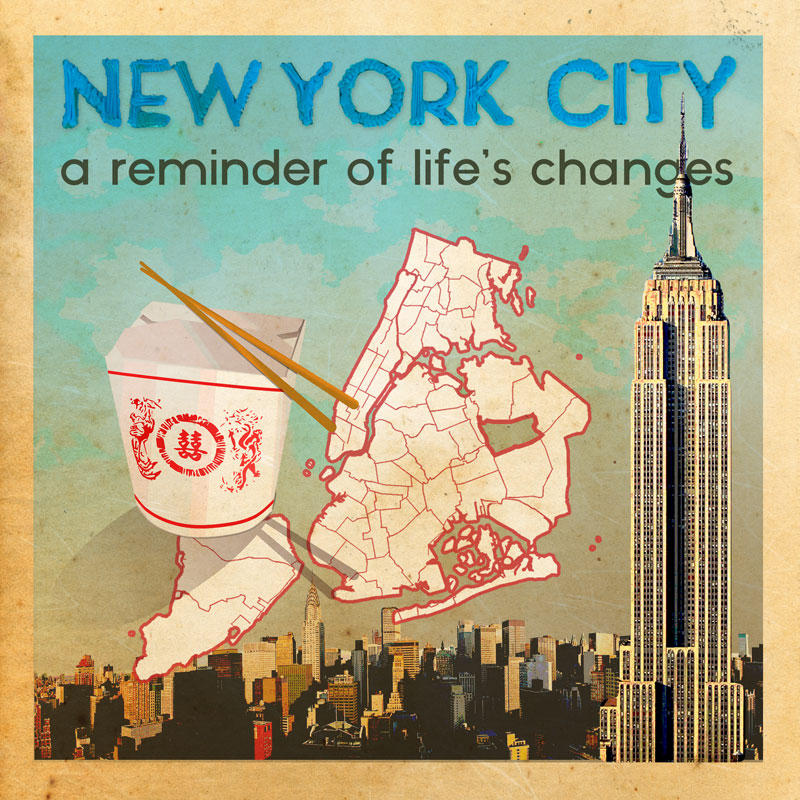Kim Hyun-Kyung wanted to take her makeup artistry to the next level. “Of the various materials used in makeup, I was looking for something that could express a new and creative object.”
Hyun-Kyung, a 24-year-old makeup artist from Seoul, South Korea, turned to the 3Doodler. “I was able to create a three-dimensional design of various feelings through actual Doodling,” she says.
Using a 3D pen allowed Hyun-Kyung to explore more shapes and concepts in combination with visual effects and makeup. “It was interesting to me that I could embody the desired form in three dimensions without going through a complicated process,” she says, “and it was good that I could create a shape or figure imagined in my head as a solid itself.”
"I could embody the desired form in three dimensions without going through a complicated process, and it was good that I could create a shape or figure imagined in my head as a solid itself." Share
But just as with any new medium, Hyun-Kyung’s first attempt with the 3Doodler wasn’t as smooth as her stunning beauty shots make it seem. “I wanted to follow the demonstration video making a 3D square, so I turned on the power and drew a square on the paper,” she remembers. “However, I was so unskilled and had to struggle ten times to get it to look good.”
Now Hyun-kyung has been using the 3Doodler for over a year, and there is no sign of struggle in her creative makeup combinations.
Taking inspiration from costume and runway shows, Hyun-Kyung felt that three-dimensional additions could take the drama of the catwalk to a new level. “I devised a makeup design according to the costume used in fashion shows,” she explains. “After understanding the atmosphere and color of the fashion show first, I chose an outfit that might be the most eye-catching when combined with the 3Doodler, and made the work after drafting a design with illustration.”

Hyun-Kyung was especially inspired by bold designers who freely explore new shapes and dimensions, like Alexander McQueen and Iris van Herpen, a leading designer of 3D-printed fashion design.
"I chose an outfit that might be the most eye-catching when combined with the 3Doodler, and made the work after drafting a design with illustration." Share
Inspired by van Herpen’s 2011 Fall/Winter collections, Hyun-Kyung created her first unique 3D-makeup look. “Looking at the costume reminded me of the feeling of splashing water in the bathtub,” she says. “It took about four hours to make this look, and I captured the outline with clear PLA to show the wavelength of the water.”
It’s one of the pieces Hyun-Kyung is most proud of. “It was a look that many people were interested in, when we were in the studio on the day we shot the 3Doodler makeup.”
For other designs, she found that the FLEXY filaments were the most practical for creating wearable additions to makeup. “It’s comfortable when attached to the face because the FLEXY material is elastic, so it’s possible to form it to fit the facial structure of a person,” she explains. “I like black FLEXY the most. Black is good for expressing a sophisticated, chic, and dramatic feeling.”

“But not all of my works are inspired by fashion shows,” Hyun-Kyung adds. In 2016, South Korea was rocked by a total of 470 earthquakes and subsequent aftershocks reaching up to 5.8 in magnitude. “Many people were afraid,” says Hyun-Kyung. “These earthquakes occurring one after another were judged to be a warning from nature that we take life for granted.” To reflect the worry and concern of these natural disasters, she created a custom design inspired by the quakes. “It shows the cracks of the earth to raise awareness for the environment,” she explains.
Hyun-Kyung sees 3D printing and 3D pens like the 3Doodler as the way forward for all fashion, whether in makeup, runway shows, costumes, or cosplay. And she wants to help lead the way in the 3D trend. For her next project, she wants to blend the line between fashion, makeup and art. “I want to continue to use the 3Doodler in makeup to express three-dimensional designs which can show a variety of feelings when seen from various angles.”![]()




























